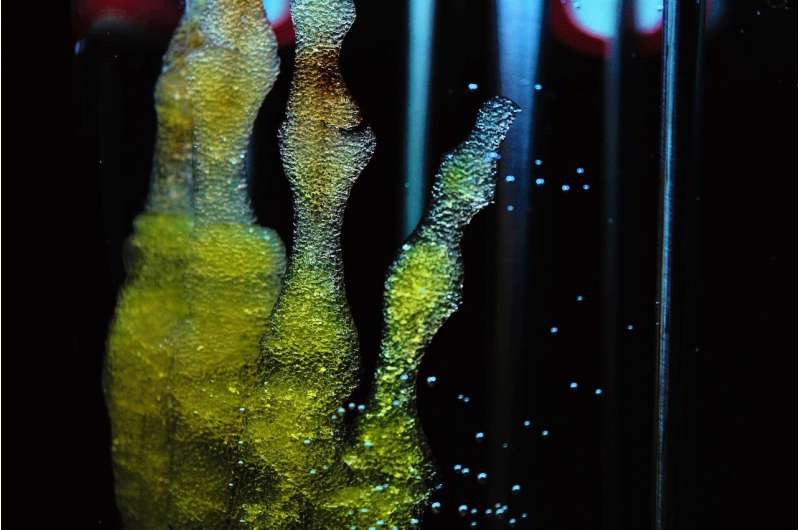Mapping the future direction for bioprinting research

The way research in bioprinting will be taken forward has been laid out in a roadmap for the field.
Published today in IOP Publishing's Biofabrication, leading researchers define the status, challenges and opportunities in the field, and forecast the required advances in science & technology to overcome the challenges to a range of bioprinting techniques and applications.
In the roadmap:
- Professor Binil Starly charts the progress from cell expansion to 3-D cell printing
- Dr. Andrew C. Daly, Professor Jürgen Groll, and Professor Jason A. Burdick examine the developments and challenges in the bioinks used for bioprinting
- Gregor Skeldon and Professor Wenmiao Shu look at the bioprinting of stem cells
- Dr. Jinah Jang and Dr. Dong-Woo Cho present a strategy for bioprinting of tissue vascular system and tissue assembly
- Dr. Minghao Nie and Professor Shoji Takeuchi examine the potential for using 3-D-printed biohybrid tissues as in-vitro biological models for studying disease
- Dr. Serge Ostrovidov and Professor Ali Khademhosseini examine how 3-D bioprinting can be used for the development of organs-on-a-chip
- Professor Roger D. Kamm covers the biomanufacturing of multi-cellular engineered living systems
- Dr. Vladimir Mironov and Professor Lorenzo Moroni explore how researchers are pushing boundaries with bioprinting in space
- Professor Ibrahim T. Ozbolat examines the developments of bioprinting technologies
Introducing the collection, guest editor Professor Wei Sun, from Drexel University, Philadelphia, USA and Tsinghua University, Beijing, China, said: "Cells are nature's building blocks. Bioprinting uses cells, proteins and biomaterials as building blocks to 3-D printed biological models, biological systems and therapeutic products.
"It has rapidly evolved into printing biomaterials for tissue scaffolds and implants, printing cells or organoids for 3-D biological models, and printing micro-organ-chips for micro-physiological platforms and engineered living systems, such as cellular machining and biorobots.
"There are a number of challenges to overcome, including: the need for a new generation of novel bioinks with multi-functional properties to better transport, protect and grow cells during and after printing; better printing processes and printers to deliver cells with high survivability and high precision; efficient and effective crosslinking techniques and crosslinkers to maintain the structure integrity and stability after printing; integration with micro-fluidic devices to provide a long term and a simulated physiological environment to culture printed models.
"Due to the rapid advancements in bioprinting techniques and their wide-ranging applications, the direction in which the field should advance is still evolving. The roadmap aims to address this unmet need by providing a comprehensive summary and recommendations, useful to experienced researchers and newcomers to the field alike."
More information: Wei Sun et al, The bioprinting roadmap, Biofabrication (2020). DOI: 10.1088/1758-5090/ab5158
Journal information: Biofabrication
Provided by Institute of Physics





















